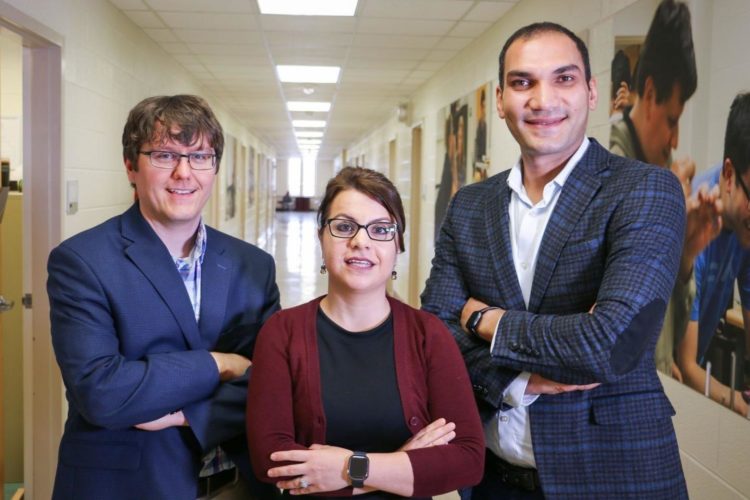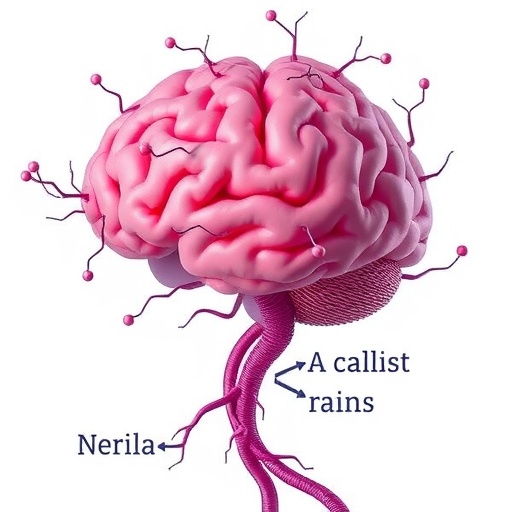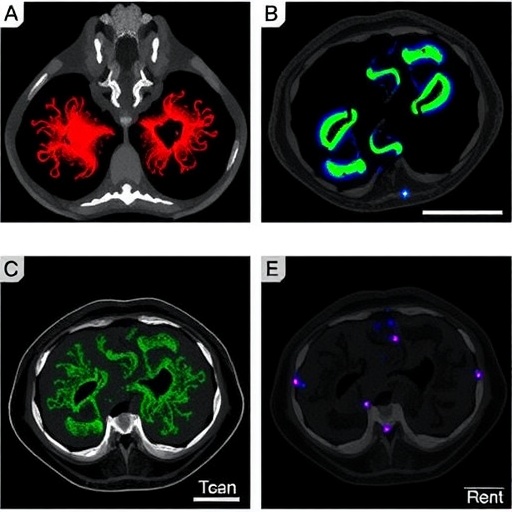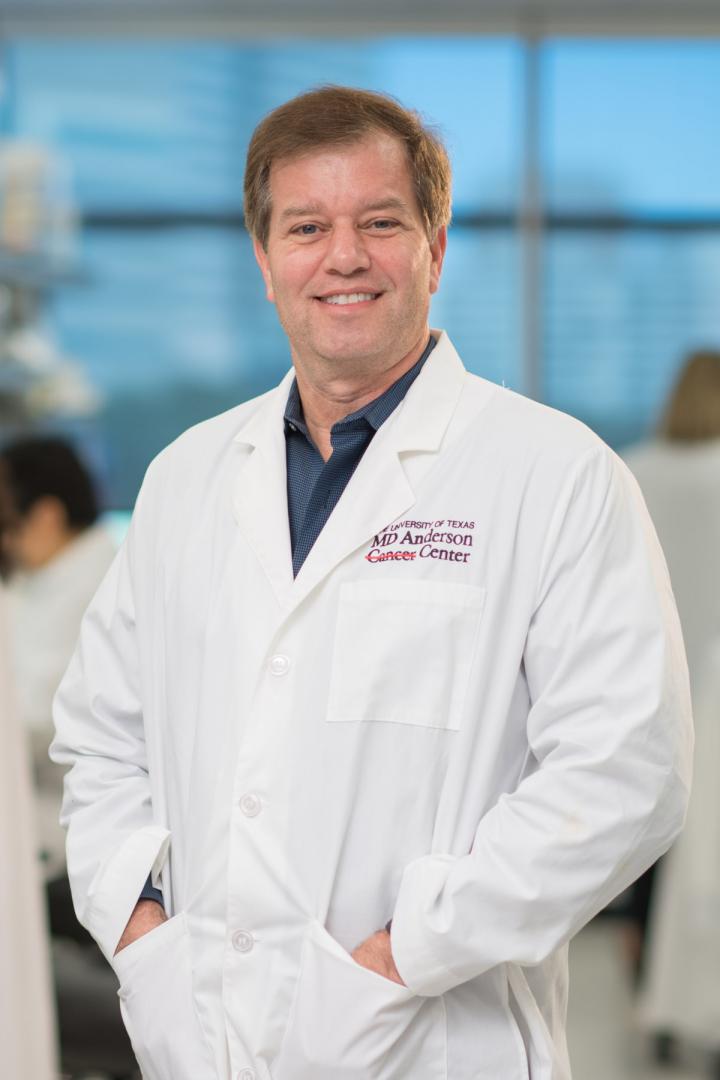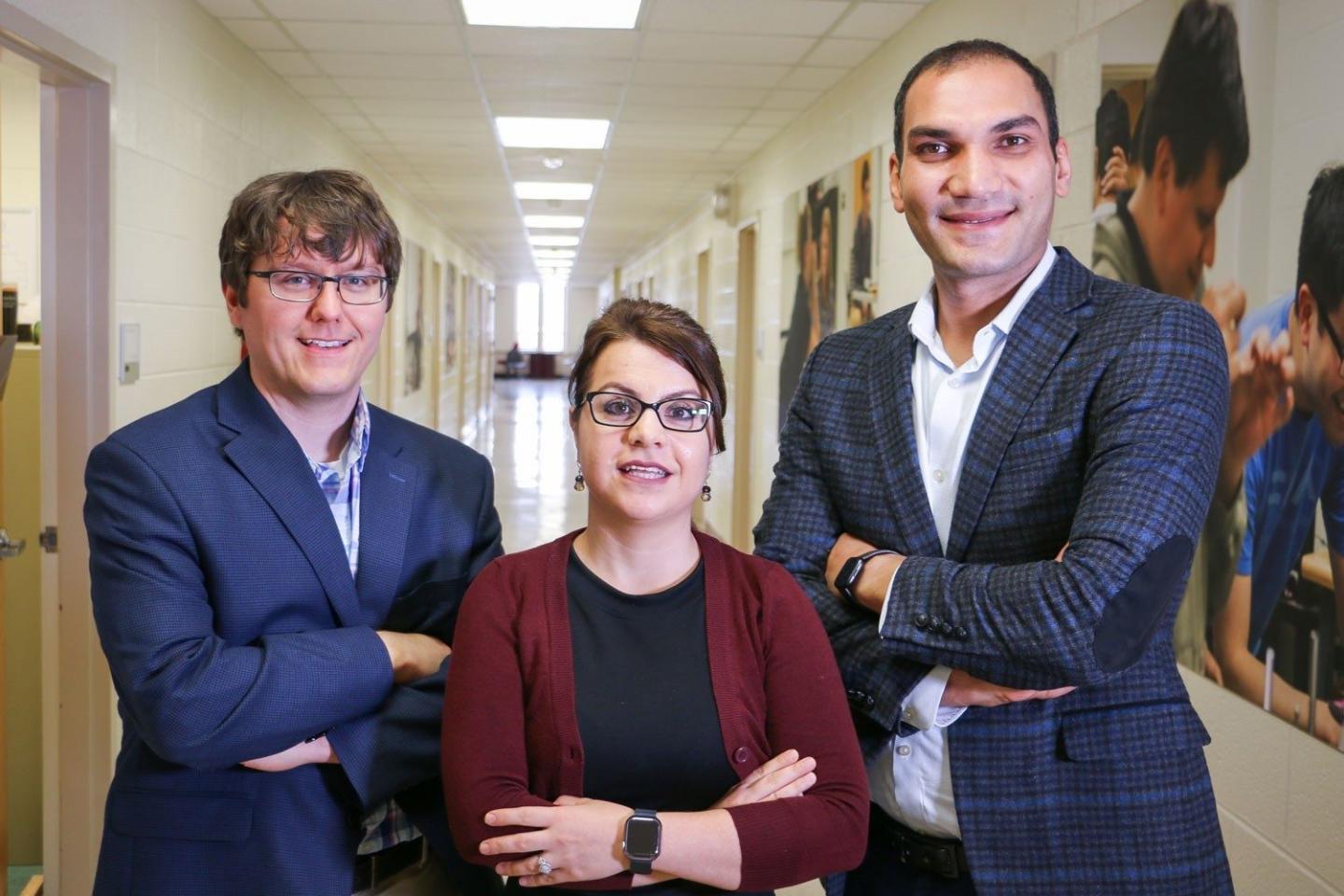
Credit: Virginia Tech
Efficiency and safety are two aspects paramount to an effective mining operation that industry constantly seeks to improve.
Virginia Tech researchers are leading a multidisciplinary team in a three-year, $900,000 project to improve the efficiency of dust scrubbers in underground mining operations, one aspect of many that impacts effective mining operation.
“Underground mines make use of machines called continuous miners that shave off layers of coal or rock with a large cutting wheel at its front,” said Aaron Noble, associate professor of mining and minerals engineering in the College of Engineering and the project’s primary investigator. “Scrubbers are a kind of dust filter integrated into the design of the cutter. As the machine advances, it generates a lot of its own vibrational energy. Part of what we’re trying to do is to create a dust suppression system that harvests that vibrational energy to manipulate it in a way that is useful to the suppression effort.”
Current dust collection systems require multiple work stoppages during the course of a day to replace and clean filters and hardware. Funded by the Alpha Foundation for the Improvement of Mine Health and Safety, Noble is working with Shima Shahab, assistant professor of mechanical engineering, and Hassan Amini, a research scientist with mining and minerals engineering, in addition to collaborators from Michigan Tech and Cornell University, to incorporate new materials that better collect dust and use the continuous miner’s vibrations to help keep the filters from clogging as often.
Currently, most continuous miners use a fixed mesh filter, but the team will replace that type of filter with a different style of mesh that uses specific vibrations of the machine to not only collect more particles, but also clean itself to allow for a longer time between work stoppages.
In the Multiphysics Intelligent and Dynamical Systems Laboratory in the mechanical engineering department, Shahab is modeling and testing different meshes through scales.
“We are testing different materials and boundary conditions in terms of vibrational responses of the designed mesh and finding the maximum response of each mesh in a frequency domain to find the optimal product,” she said. “And we are using computational fluid dynamics along with particle trajectories simulations to analyze how the particles are attracted by the mesh and how the particles would flow inside the cells of the liquid-coated vibrating mesh.”
The computer modeling in Shahab’s lab is crucial to finding the right mix of mesh size, material, coating, and vibration frequency to maximize the efficiency of the system.
“There are a lot of minute parameters that need to be dialed in very carefully to produce optimal performance,” Noble said. “In addition, testing of prototypes at scale can be expensive both in terms of material costs and testing time. Fortunately, modeling allows us to test many geometries on the computer and choose the best one or two to build and test operationally. The model is key in limiting the number of experiments we have to do with an eye toward the next step and commercialization.”
The dust particles the team’s work is focusing on are known as “respirable” dust, which is generally below 10-20 microns in size. Particles of this size don’t get caught in a person’s mucus membranes but instead go to a person’s lungs.
“Heavier dust settles in the mine but respirable dust travels in all directions with the flow of air,” Amini said. “Our focus for the project is to develop technology to meet demonstrable efficiency targets that allow us to catch more particles and go longer between filter changes.”
While the team is using operational metrics, safety and efficiency are not mutually exclusive in this regard. If the system is more efficient, then more particles are being taken out of the air which makes the mine safer for workers. Current equipment has an efficiency of around 90 percent, according to Amini, who is the person tasked with building both the model and full-scale versions of the new equipment.
“We have a goal to develop a novel dust suppression system capable of collecting more than 95 percent of dust particles, and our early testing is very promising,” Amini said. “Our goal is to design a technology to overcome the challenges of dust collection in mining operations, minimize operation down times (increase production rate), and ultimately create a safer and healthier environment for underground mine workers.”
Noble said a company that builds mining equipment had provided the team with examples of their products so they can focus on designing improvements that can be mated to existing equipment.
“In phase one, which was completed last year, we constructed a small scale model of the new scrubber design – about 6 by 6 inches,” Noble said. “As we move into phase two, we’ll be collecting additional engineering data and constructing a full-scale prototype for testing purposes. Should this endeavor prove successful, we hope to design our first fully operational unit in future phase three. The ultimate goal is to provide a solution that can augment existing technologies while providing notable performance improvements.”
###
Media Contact
Lindsey Haugh
[email protected]
540-231-2476
Original Source
https:/


